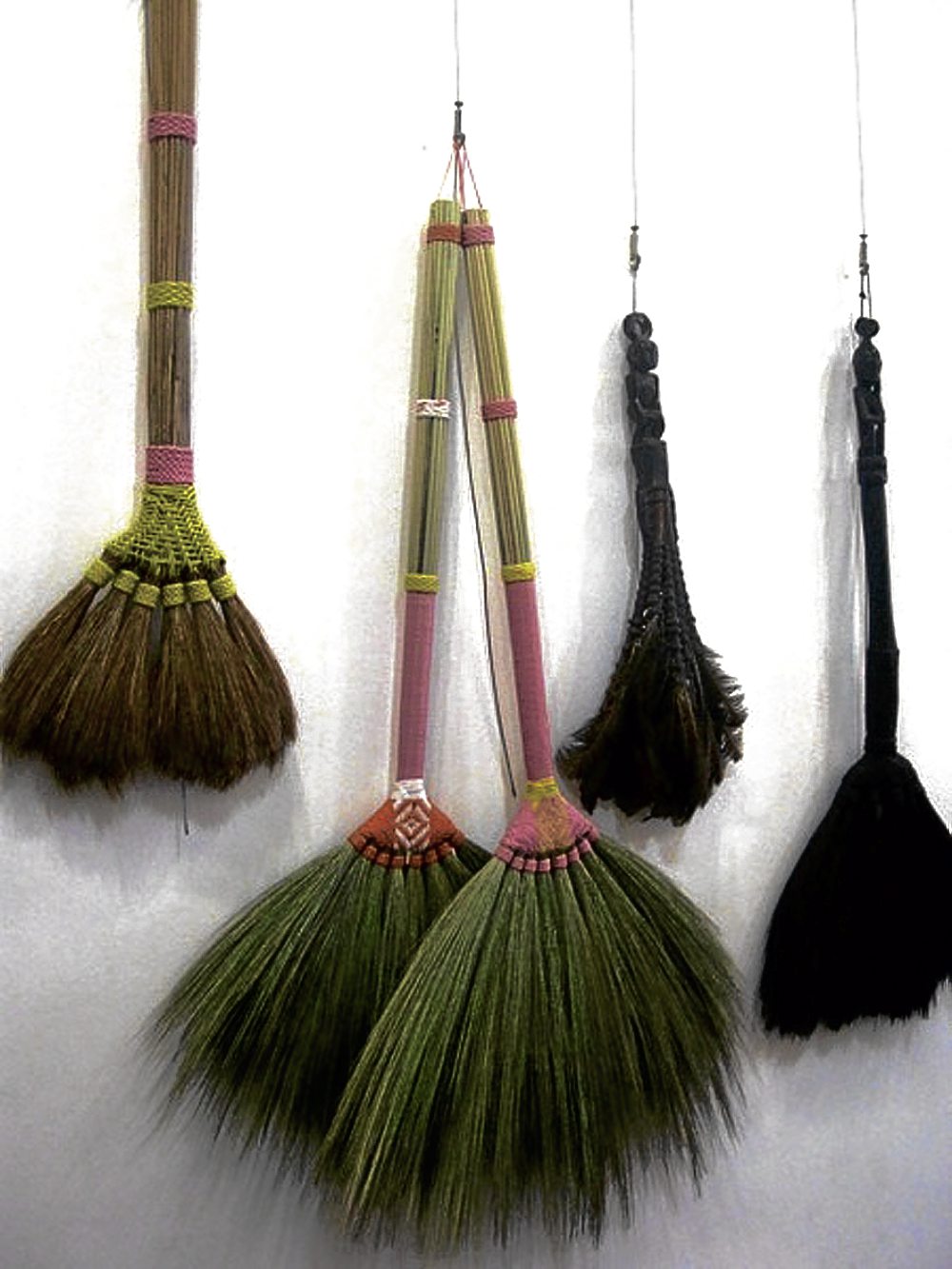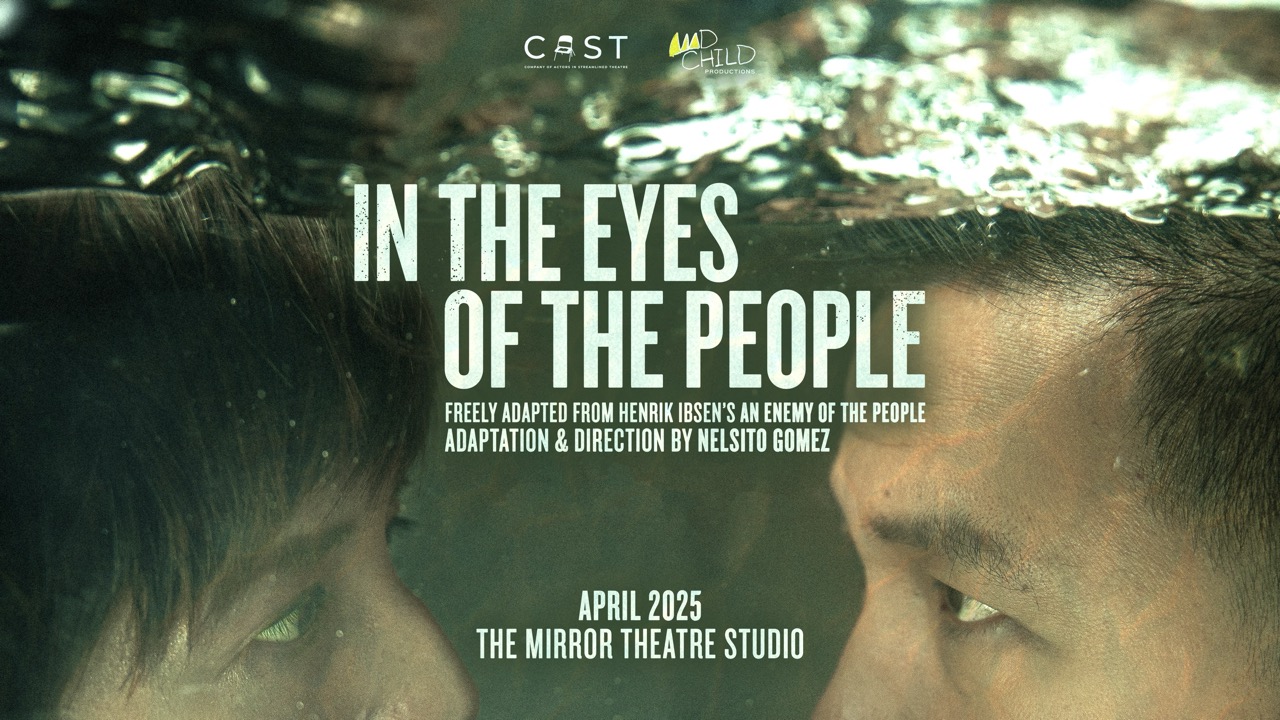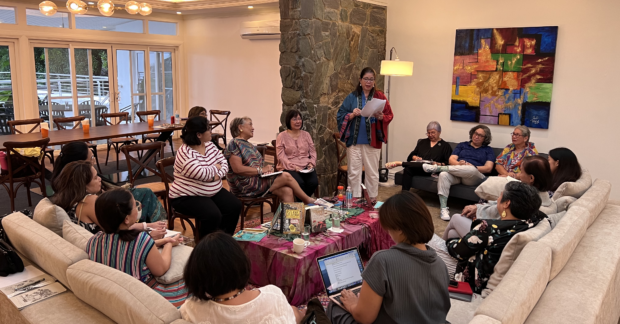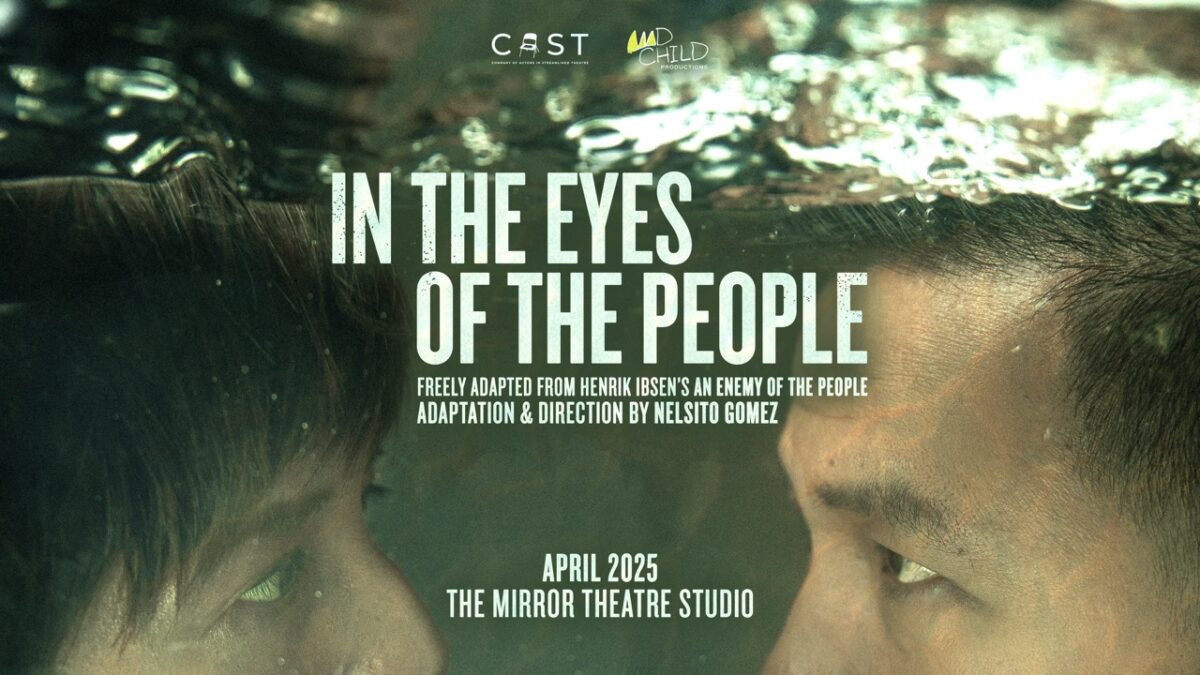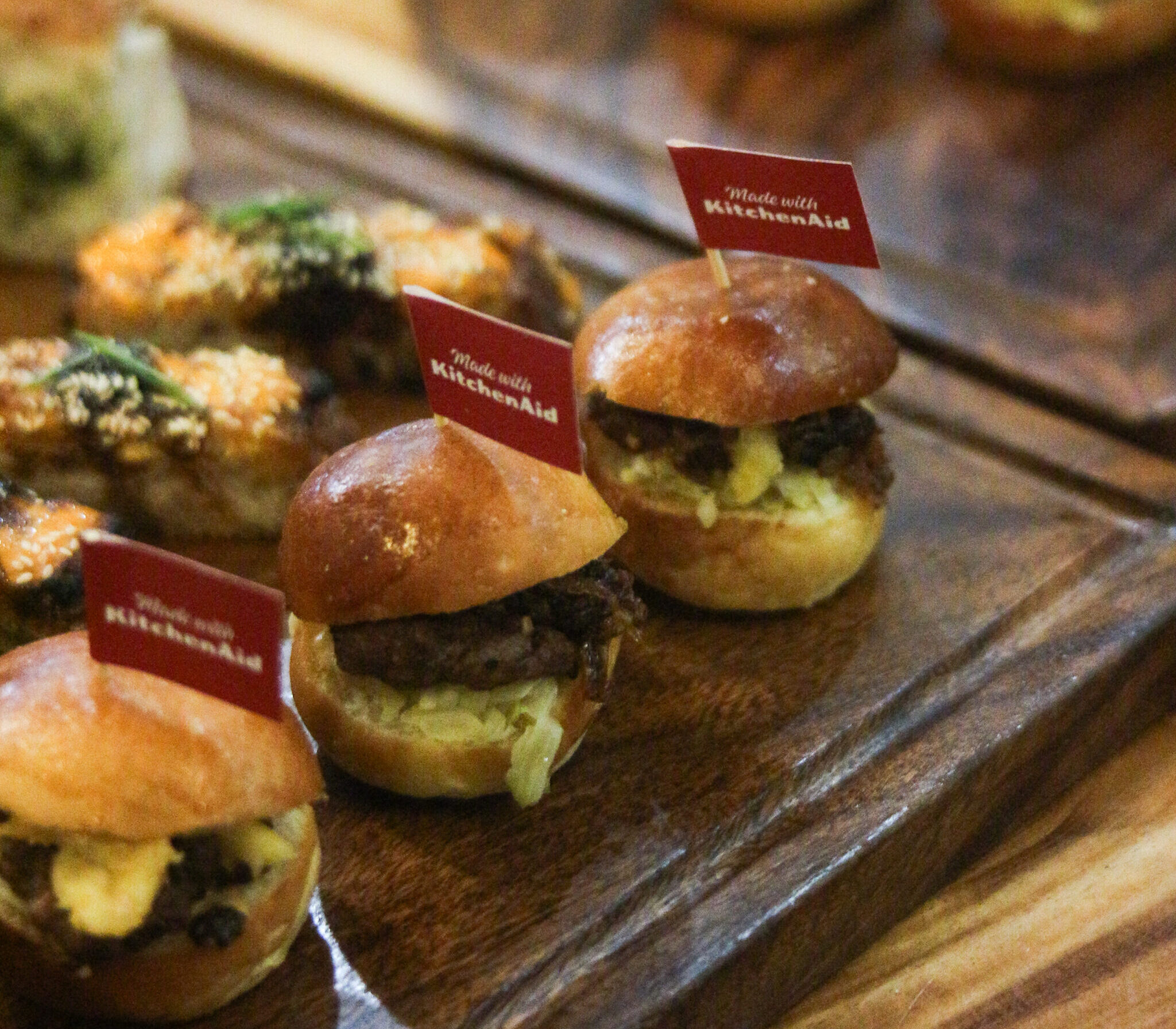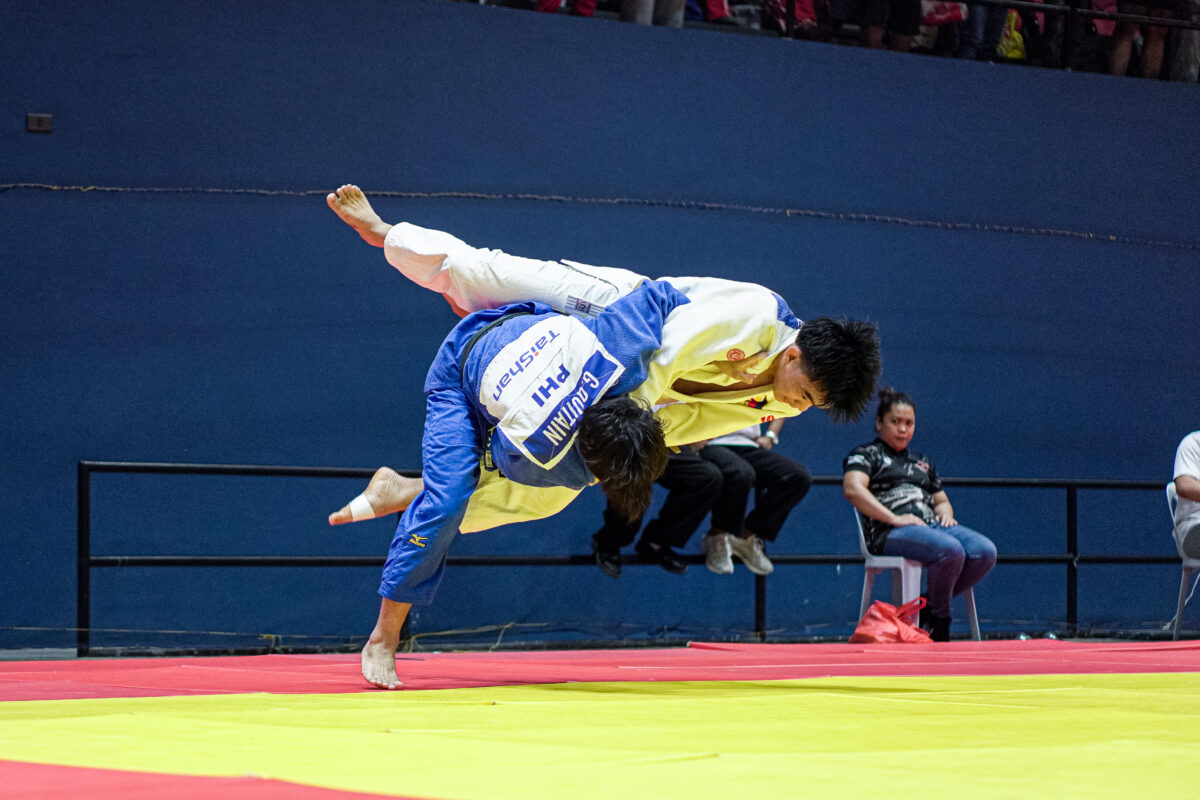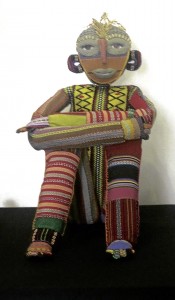
It looked cool. I wanted to have it for myself, I wanted to source it,” Padmapani Perez said of the odd yellow-and-pink plastic pasiking she saw bobbing up and down on others’ backs while she walked or biked around Baguio City and its environs.
A well-worn, weathered pasiking (an indigenous backpack traditionally woven from vines) turns a natural brown, even black, from exposure to the elements. The ones that the young anthropologist and bookstore proprietor saw were in pastel baby colors.
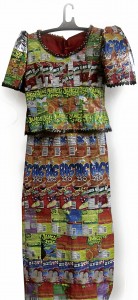
From the brother of the Café by the Ruins baker, who grew up in the mines (“minas boys” is how they’re called), she found the desired object. Later, she learned it was made of primadet. It’s a sturdy plastic wrapping for the powder fuse of dynamites and considered the safest blasting material in big mines. Primadet comes in light orange, red, pink, yellow, white or light blue so they’re visible inside the mine.
Miners brought out these non-biodegradable wrappers, cut and rolled them at home and wove them, using traditional techniques, into pasiking. They were resourceful enough to also use primadet to bind walis tambo (brooms of reeds).
Growing phenomenon
Perez teamed up with fellow cultural worker-photographer Ruel Bimuyag to gather these accidental artisans and artists of the Cordillera for a groundbreaking exhibit, “Everyday Objects,” at the Print Gallery of the BenCab Museum on Asin Road, Tuba, Benguet. It turns around the viewer’s perception on the division between art and craft.
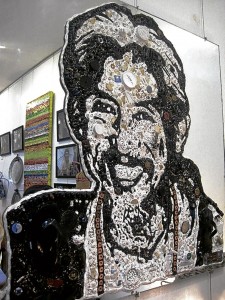
The two curators called the exhibit their “way of thumbing our noses at the Establishment.” They have put “tribal art,” the kind for everyday and ritualistic use, in a space usually devoted to artifacts and the finer arts.
They insisted that these objects were not forgeries of genuine articles. Nor were they signs of the decline of Cordillera culture because the makers did not use natural materials.
Perez said: “The culture is thriving because the people are innovating; they are still keeping the traditional skills like weaving alive.”
She and Bimuyag said it was coincidental that their environmental advocacy entered the picture since most materials used were recyclables.
Bimuyag told of how he, Perez and multimedia artist Kawayan de Guia looked for these makers and involved them in a series of workshops that led to the show.
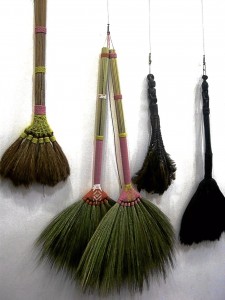
They discovered the growing phenomenon of using recycled materials: lamps and tables from gin bottles; slippers and clothes from used tetrapaks; dolls and blazers from retazo (remnants) of Kalinga textiles; tapestries from plastic bags.
Salvaged from junk
Rosario Dalondonan, a sidewalk vendor on Bonifacio Street, Baguio, sells candies and cigarettes. During lulls, she weaves mats in different sizes of up to 10 ft x 10 ft, using plastic drinking straws.
Psychologist Jojet Mondares of the Philippine Military Academy has become known for an avocation that he teaches and demonstrates at public and private schools: collecting used plastic bags and turning them into tapestries and “plastic” paintings. He gently applies a flatiron to create textures like waves and crinkles.
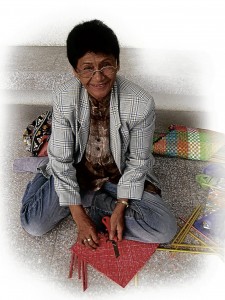
Domingo “Ludz” Malucay of La Trinidad, Benguet, etched a mandala and the exhibit’s entire statement on a mining firm’s conveyor belt salvaged from a junk heap.
In the Cordillera, gongs are part of music and rituals, but bronze and brass have become expensive. Alex Joaquin has been crafting gongs out of panning flat sheets (the kind used in private small mines) and selling them on Lakandula Street. The sound quality is near or like the original. His gongs have carved wooden handles in the shape of a small penis, another tradition from the North. In antique gongs, the handles are made of human jawbones.
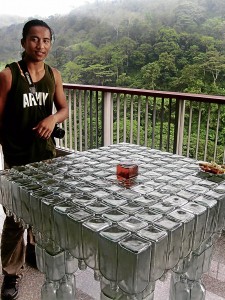
Irene Bower and Carlo Villafuerte collaborated on “Sand, Sea, Sky,” using retazos from a frame shop, tin sheets, bottle crowns and textiles from Kalinga, where Bower is from.
Rethinking the ugly
Elaine Bobadilla, the only Manila-based participant, sews dolls and bags which have made their way to weekend markets in Makati and department stores. What sets them apart is they’re made from ukay-ukay (secondhand) clothing materials. She made hugu dolls (or rice-granary figures, commonly called bulol, in other places) from Cordillera retazos.
De Guia’s contribution is a totem of rejected, rotting wood carvings from Asin shops. He turned these into an assemblage that he painted a metallic Ferrari-red.
Bimuyag said when the makers of these objects turned up at the opening, “they felt legitimized because their works ended up in a space like that.”
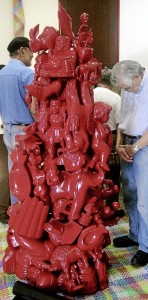
Perez added: “We’re thrilled with the feedback. People are realizing that they can collect these objects.” She overheard them say, “Pwede pala gawin. Maganda pala sila. [They can be done. They’re beautiful.]”
She and Deirdre McKay, a Canadian anthropologist with a long relationship with the Cordillera and who’s keen on acquiring similar objects for London museums, drew up a statement that Malucay etched and tinted. It serves as a welcome mat to the gallery.
In it they noted that “contemporary versions of these objects are still made for personal, everyday use, from recycled or appropriated waste material, using traditional skills. These new artifacts are also produced for niche markets across the globe.”
Perez said the bayong (market basket) woven from junk-food wrappers by Gibraltar Sariling Sikap members, fetched as much as 80 sterling pounds at a high-end shop in London, adding that it was time to rethink what these “ugly plastic” crafts, dismissed as “fakes,” mean.
Although some purists cringe at the thought that these items belong in the realm of art, exhibit participants ask, Why not?
“Everyday Objects” runs until June 17. Gallery hours are 9 a.m.-6 p.m.

